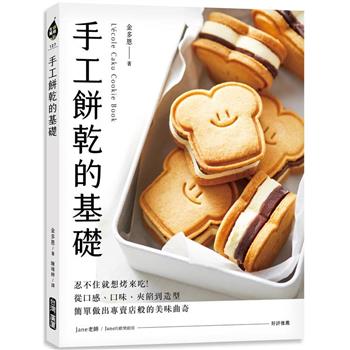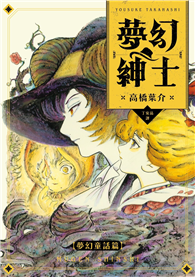The Spanish Golden Age, a cultural narrative that has developed and over four centuries, remains a key element of how Spaniards articulate cultural identities, both within Spain and to the outside world. The Currency of Cultural Patrimony examines the development of this narrative by artists, intellectuals, historians, academics, and institutions. By defining the Spanish Golden Age as a diachronic problem, it examines several of Spain’s most canonical golden-age literary narratives (including Don Quixote, Fuenteovejuna, and Las mocedades del Cid) as texts whose institutionalization, mediation, and commercialization over the course of four hundred years inform their meaning both for contemporary Spaniards and for the field of Hispanic Studies around the world. Spain’s persistent deployment of this cultural patrimony as the canonical epicentre of a national literary tradition has stimulated diverse and often contradictory interpretations, the cumulative effect of which informs their reception by each new generation of Spaniards. This book’s analysis of how this patrimony is interpreted according to both tradition and current circumstances illuminates new angles from which scholars can approach some of Hispanism’s most persistent and vexing questions, including the growing divide between popular and academic understandings of the Spanish nation’s "classics."
| FindBook |
有 1 項符合
The Currency of Cultural Patrimony: The Spanish Golden Age的圖書 |
 |
The Currency of Cultural Patrimony: The Spanish Golden Age 作者:Bayliss 出版社:Liverpool University Press 出版日期:2024-05-28 語言:英文 規格:精裝 / 256頁 / 普通級/ 初版 |
| 圖書館借閱 |
| 國家圖書館 | 全國圖書書目資訊網 | 國立公共資訊圖書館 | 電子書服務平台 | MetaCat 跨館整合查詢 |
| 臺北市立圖書館 | 新北市立圖書館 | 基隆市公共圖書館 | 桃園市立圖書館 | 新竹縣公共圖書館 |
| 苗栗縣立圖書館 | 臺中市立圖書館 | 彰化縣公共圖書館 | 南投縣文化局 | 雲林縣公共圖書館 |
| 嘉義縣圖書館 | 臺南市立圖書館 | 高雄市立圖書館 | 屏東縣公共圖書館 | 宜蘭縣公共圖書館 |
| 花蓮縣文化局 | 臺東縣文化處 |
|
|
圖書介紹 - 資料來源:博客來 評分:
圖書名稱:The Currency of Cultural Patrimony: The Spanish Golden Age
|











